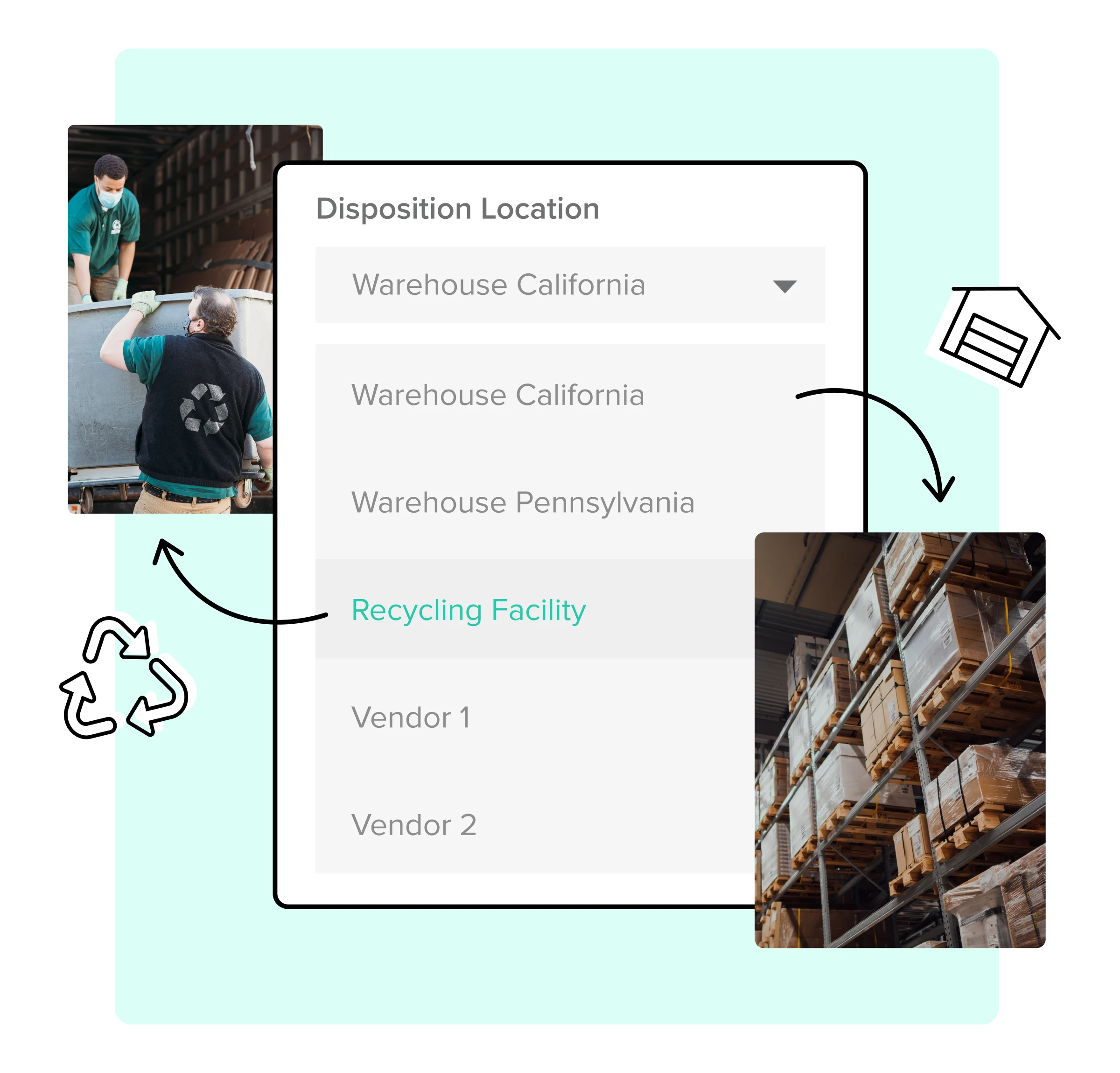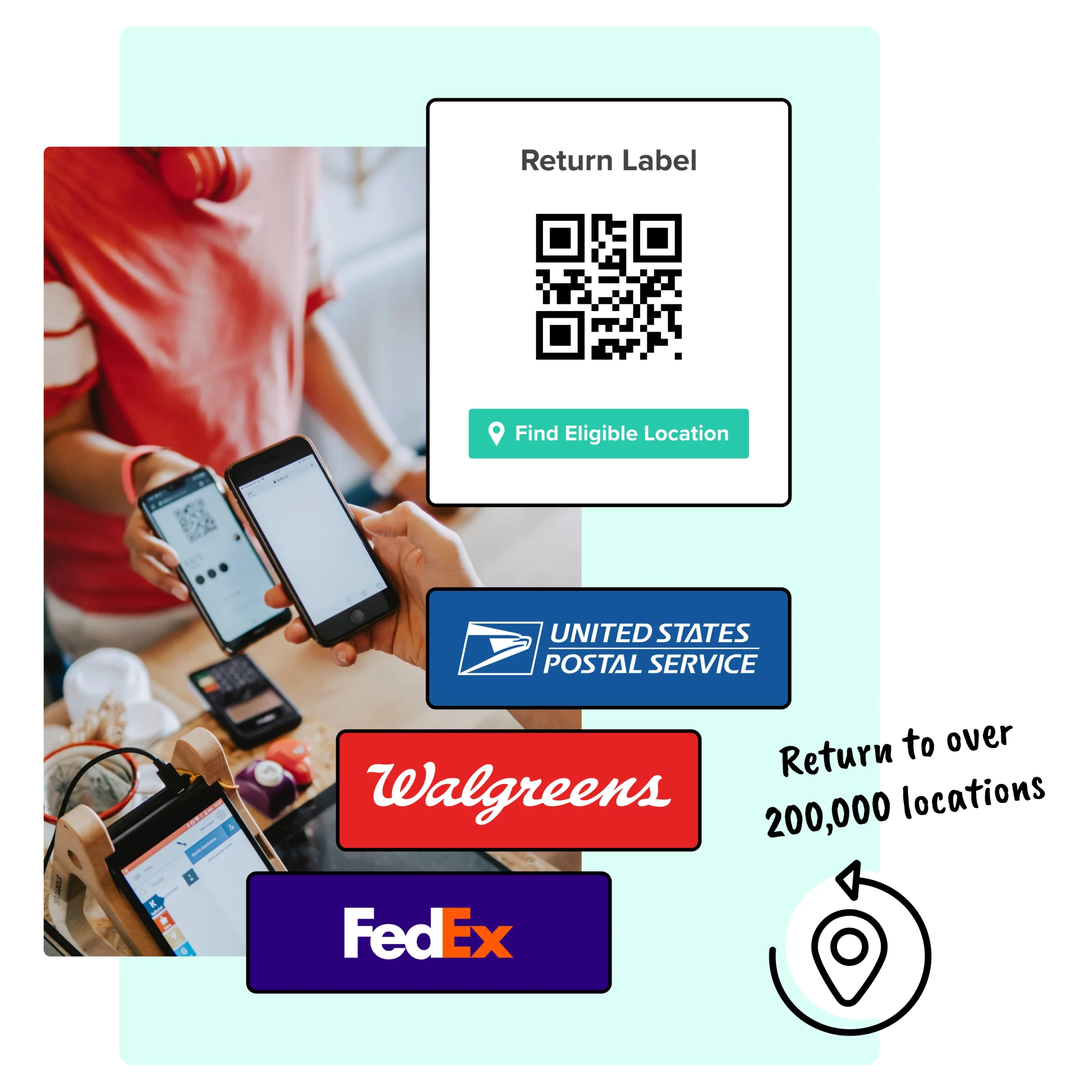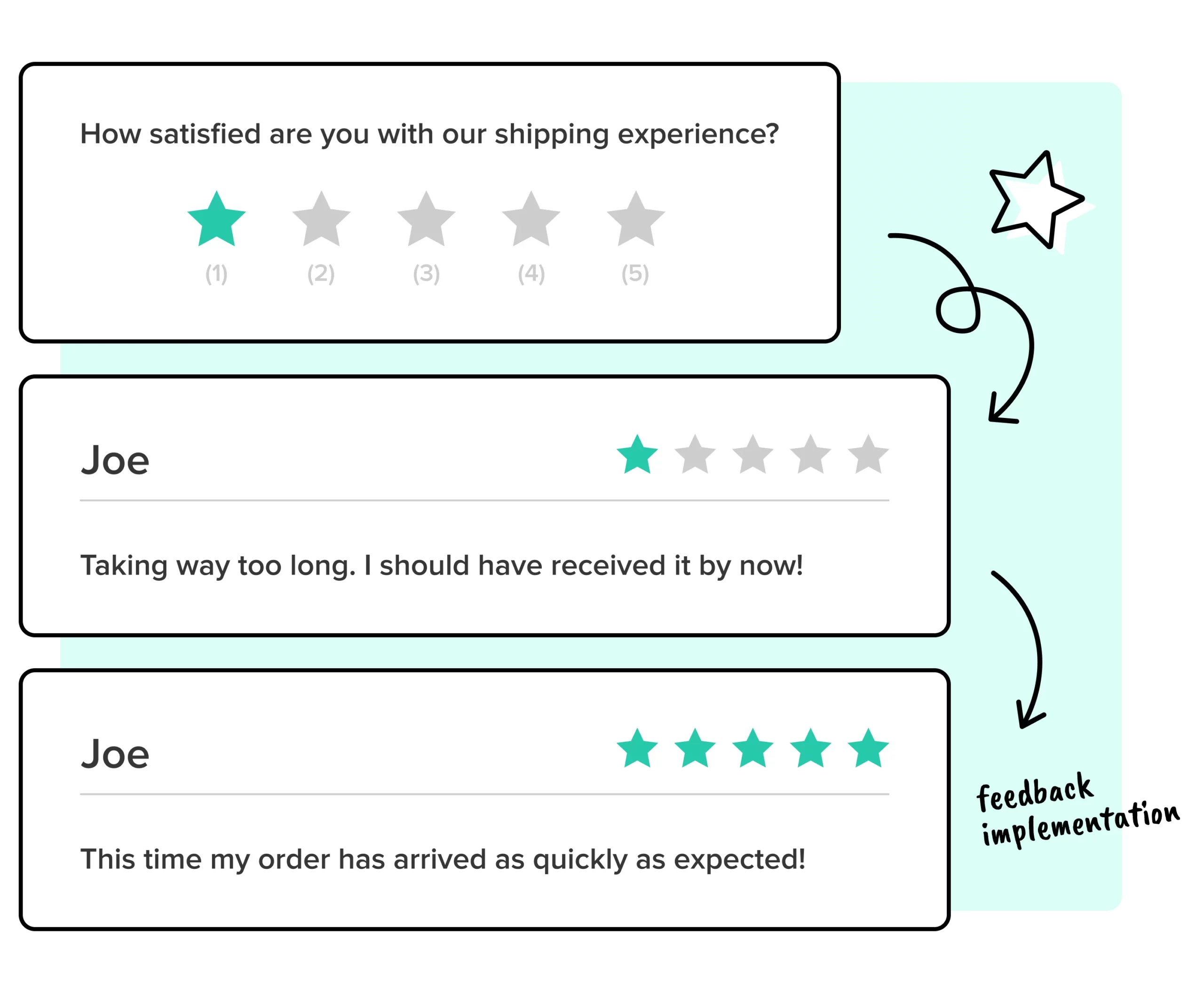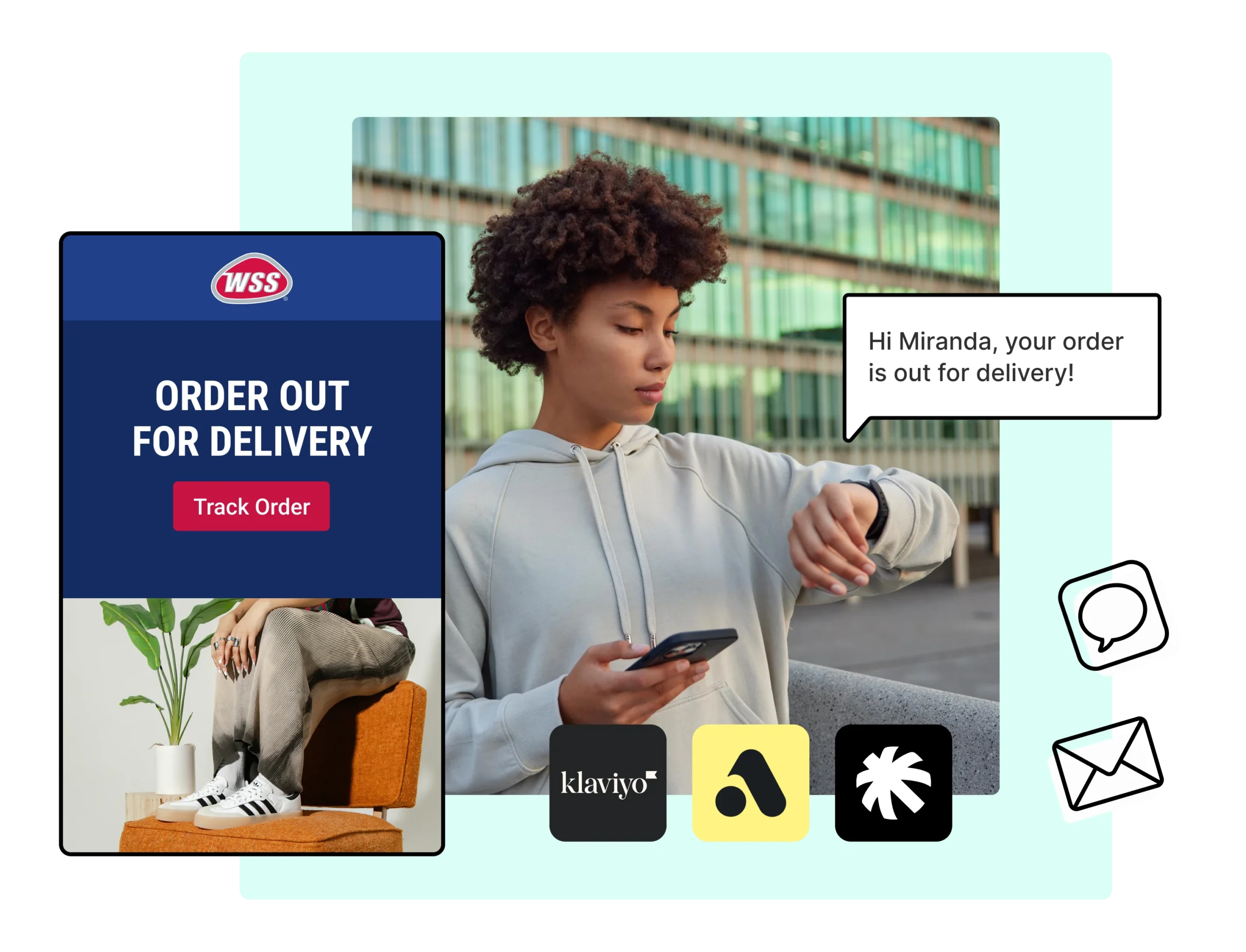Master How to Build an Ecommerce Brand Strategy: Expert Tips for Success
Wondering how to build an ecommerce brand strategy? Start by understanding your market and defining your brand’s identity. This guide will walk you through the vital steps from creating a unique brand image to maintaining consistency, ensuring your brand stands out and attracts loyal customers.
Key Takeaways
-
Ecommerce branding is essential for trust and recognition in a competitive digital marketplace, driving customer loyalty and sales.
-
Understanding your target audience and conducting market research enables effective branding that resonates and differentiates from competitors.
-
Consistency across all marketing channels and strong storytelling helps build a memorable brand identity that engages customers and fosters emotional connections.
-
WeSupply simplifies ecommerce branding with tools like Branded Returns Portals, Proactive Notifications, Fraud Prevention, and eco-friendly QR Codes. Engage customers, streamline operations, and build trust. Get started with WeSupply today to elevate your strategy!
Introduction: The Power of eCommerce Branding
Ecommerce branding is crucial for the long-term success of an online store in today’s digital marketplace. Ecommerce stores must build trust and recognition without a physical presence, making a strong brand identity essential for standing out in a crowded market.
Successful ecommerce brands use their branding strategy to gain a competitive edge, attract customers, and cultivate loyalty. A well-crafted ecommerce brand strategy builds recognition and drives growth by establishing a unique selling proposition that resonates with your target audience. Brand values and personality can turn a casual shopper into a loyal customer through emotional connection.
Key strategies include consistent messaging across marketing channels, visual branding that reinforces identity, and storytelling that highlights the brand’s essence and authenticity. These tactics increase brand recognition and build equity, ensuring long-term success for your ecommerce business.
Understanding eCommerce Branding
Ecommerce branding includes various elements that together form the ecommerce brand identity of an online store. Core aspects include defining brand values, creating a cohesive visual identity, and establishing a consistent voice. These elements work together to attract and retain customers.
Effective branding provides a significant competitive advantage. It helps online stores stand out and fosters customer loyalty by creating a memorable brand experience. Clearly communicating what the brand stands for helps build a loyal customer base that values unique offerings.
Strong branding also drives revenue and business growth. Recognized and trusted brands encourage repeat purchases and recommendations. This boosts sales and reduces customer acquisition costs, making branding crucial for any ecommerce strategy.
Research Your Market and Customers
Understanding your target audience is key to building a successful ecommerce brand. Identifying your target market involves researching demographics, behaviors, and customer preferences. This knowledge lets you tailor branding efforts to meet customer needs and expectations.
Analyzing competitors is also critical for developing an effective branding strategy. Understanding competitors’ strengths and weaknesses helps you identify opportunities to differentiate and gain an edge. This analysis helps position your brand uniquely in the market.
Defining your brand positioning using customer data is equally important. Customer feedback and market research offer valuable insights into what customers value most. This information shapes your messaging and visual identity, ensuring your brand resonates with the target audience and stands out.
Defining Your Brand’s Core Elements
Your brand values form the foundation of a strong ecommerce brand. They represent what your business stands for and guide all branding and marketing efforts. These values should be evident in all aspects of your brand, from product offerings to customer interactions.
Crafting a compelling mission and vision is another critical step. The mission statement should clearly articulate your brand’s purpose and value to customers. The vision statement should inspire trust and convey long-term aspirations, building a strong and authentic identity.
Corporate social responsibility (CSR) significantly impacts branding. Committing to ethical practices and contributing to social and environmental causes builds a positive reputation and fosters loyalty. CSR initiatives enhance your brand’s values and demonstrate authenticity and commitment to positive impact.
Developing a Strong Brand Identity
A strong identity is crucial for creating a memorable and recognizable ecommerce brand. This involves designing a visual identity with logos, colors, and typography that reflect your brand’s personality. A cohesive visual identity builds recognition and ensures your brand stands out across all channels.
Consistency in visuals is key to customer recognition. Consistent visual elements across platforms reinforce customers’ memory of the brand. This consistency builds trust and loyalty, making it easier for customers to recall and relate to your brand.
Crafting a unique voice and messaging strategy is equally important. The brand voice should reflect your personality and values, resonating with the target audience. Consistent and clear messaging communicates your story effectively, making it easier for customers to connect with and remember your brand.
Storytelling: Creating an Emotional Connection
In ecommerce, brand narratives create an emotional connection with customers. A compelling story differentiates your brand from competitors and resonates deeply with customers, fostering loyalty.
Crafting a compelling story involves highlighting your journey, values, and mission. The story should be authentic and relatable, reflecting your brand’s essence. Sharing your story through content marketing creates a strong emotional bond, making customers feel more connected to your brand.
Successful brands often use storytelling to enhance their branding. Case studies of effective brand storytelling provide valuable insights and inspiration. These stories showcase the brand’s personality and demonstrate how storytelling drives growth and loyalty.
Consistent Application Across Channels
Consistency is crucial for strong branding. A cohesive experience across your website, store, and social media is essential for building a strong brand. This consistency reinforces your identity and makes it easier for customers to recognize and trust your brand.
Social media plays a vital role in reinforcing identity. Maintaining consistent messaging and visuals on social media engages your audience effectively and builds loyalty. Social media offers direct interaction with customers, gathering valuable feedback and strengthening relationships.
A brand style guide ensures consistency across all platforms. The guide outlines brand guidelines, including visuals, tone, and messaging strategy. This alignment helps build a strong and recognizable brand.
Content Marketing: Engaging Your Audience
Content marketing is a powerful tool for engaging your audience and building a strong brand. Developing diverse content like blogs, videos, and infographics attracts and retains customers. Providing valuable content establishes your brand as an authority and builds trust with your audience.
User-generated content effectively builds trust and engages your audience. Encouraging customers to share experiences and reviews provides social proof and enhances reputation. This content builds loyalty and attracts new customers by showcasing positive experiences.
Influencers and social proof further enhance your branding efforts. Collaborating with aligned influencers helps reach a wider audience and build credibility. Social proof like testimonials and reviews boosts reputation and drives acquisition.
Building Strong Customer Relationships
Strong customer relationships are essential for long-term success. Excellent customer service directly impacts satisfaction and loyalty. Prioritizing feedback and addressing concerns promptly improves brand perception and builds loyalty.
Enhancing the post-purchase experience drives customer loyalty. This includes timely updates, easy returns and exchanges, and follow-ups to ensure satisfaction. A positive post-purchase experience turns one-time buyers into loyal customers, boosting sales and loyalty.
Customer feedback is crucial for improving your brand. Actively seeking and responding to feedback helps identify improvement areas and enhance customer experience. This improves brand perception, fosters loyalty, and drives repeat business.
Data-Driven Branding: Tracking and Evolving Your Strategy
Data-driven branding uses analytics to monitor performance and make informed decisions. Tracking key metrics like engagement, conversion rates, and recognition assesses branding effectiveness and identifies areas for improvement.
Staying agile and adapting to market trends maintains a strong brand. Monitoring emerging trends and preferences allows you to adjust your strategy to stay relevant and competitive. This agility future-proofs your brand and ensures long-term success.
Innovations and emerging trends evolve your brand strategy. Embracing new technologies and staying ahead of developments differentiates your brand and creates an advantage. This forward-thinking approach keeps your brand relevant and growing.
Integrating WeSupply into Your Ecommerce Brand Strategy
Creating a successful ecommerce brand strategy extends beyond marketing and visual identity—it involves delivering exceptional customer experiences at every stage of the journey including post-purchase. WeSupply offers a suite of solutions tailored to meet these needs, ensuring your brand not only stands out but also builds lasting loyalty.
1. Branded Post-Purchase Experiences:
With WeSupply’s Branded Returns Portal and Branded Tracking Pages, you can deliver a cohesive brand experience. The tracking pages eliminate the need for third-party tracking sites, keeping customers engaged with updates on package status directly from your branded interface. This unified approach reinforces trust and drives repeat business.
2. Delivery Notifications and Proactive Updates:
Keep your customers informed with proactive order and shipping notifications. Great businesses are built on transparency, and WeSupply ensures customers receive timely updates on their orders, helping you avoid inquiries and build trust. Proactively notifying customers about shipping delays or changes enhances satisfaction and minimizes frustration.
3. Intelligent Returns Management:
Features like intelligent dispositions categorize returns for resale, recycling, or donation, supporting sustainability while protecting profits. Paired with fraud prevention tools such as the Return Policy Enforcer, you can safeguard your business while maintaining customer trust.
4. Omnichannel Integration:
WeSupply bridges the gap between online and offline shopping, offering flexible return options like “Buy Online, Return In-Store.” This omnichannel approach caters to diverse preferences, enhancing your brand’s accessibility and appeal.
5. Customer-Centric Return Policies:
Personalized policies tailored to product types or customer segments demonstrate your commitment to meeting customer needs. Flexible options, such as instant refunds or store credits, drive loyalty and encourage repeat purchases.
6. Sustainability and Innovation:
From printerless QR code returns to eco-conscious shipping practices, WeSupply supports environmentally friendly initiatives that resonate with modern consumers. These solutions showcase your brand’s values and commitment to positive environmental impact.
7. Data-Driven Insights and Analytics:
Leverage advanced analytics to understand customer behavior, optimize inventory, and refine product offerings. Tools like CSAT and NPS provide actionable feedback, helping you continually enhance your brand strategy and customer experience.
8. Proactive Communication and Feedback Integration:
Real-time updates, proactive notifications, and integrated feedback systems keep customers informed and engaged. This transparency builds trust and strengthens emotional connections with your brand.
9. Operational Efficiency:
WeSupply simplifies inventory management by syncing returns data with stock levels, reducing errors, and improving fulfillment speed. Automated processes eliminate manual labor, saving time and ensuring a smoother workflow.
By embedding these solutions into your ecommerce brand strategy, you can deliver an unparalleled customer experience that not only attracts buyers but also turns them into loyal advocates.
Conclusion: Creating a Memorable and Profitable eCommerce Brand
A memorable and profitable ecommerce brand requires a holistic approach encompassing various strategies. By focusing on the essential pillars of ecommerce branding, such as brand values, visual identity, and storytelling, you can build a strong and authentic brand that resonates with your audience.
Taking actionable steps to strengthen your brand today can lead to long-term growth and success. By implementing the strategies discussed in this guide, you can enhance your brand’s reputation, increase brand recognition, and drive customer loyalty.
Remember, a strong ecommerce brand is built on consistency, authenticity, and a deep understanding of your customers.
Summary
In summary, ecommerce branding is a multifaceted process involving defining your brand values, crafting a compelling story, and ensuring consistency across all channels. By leveraging content marketing, data-driven strategies, and strong customer relationships, you can build a memorable and profitable ecommerce brand.







